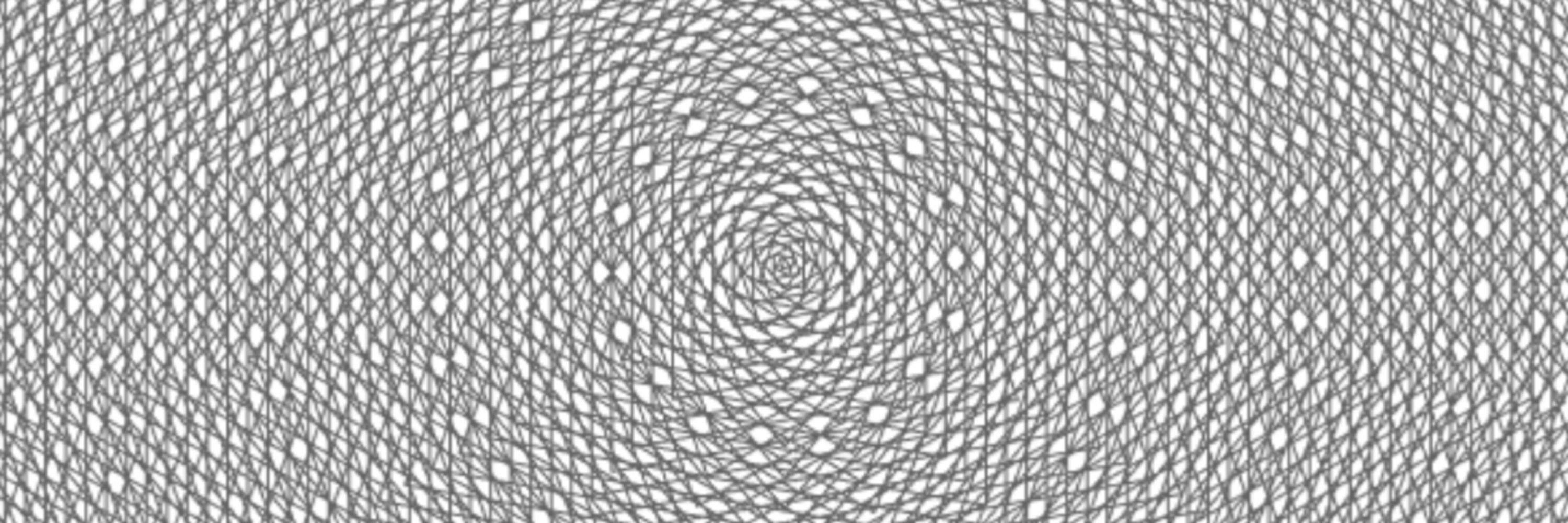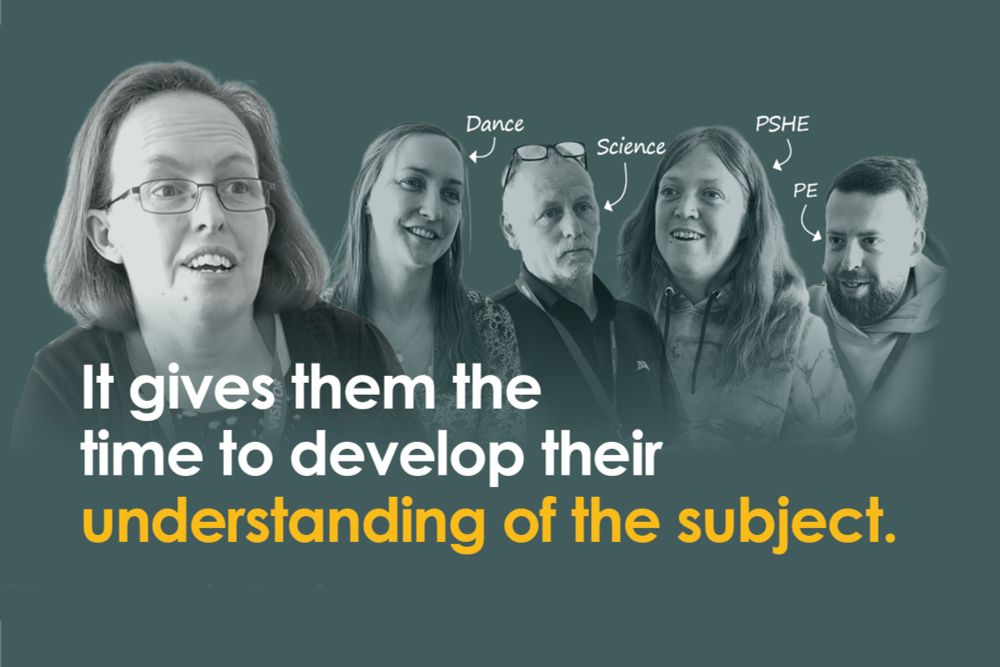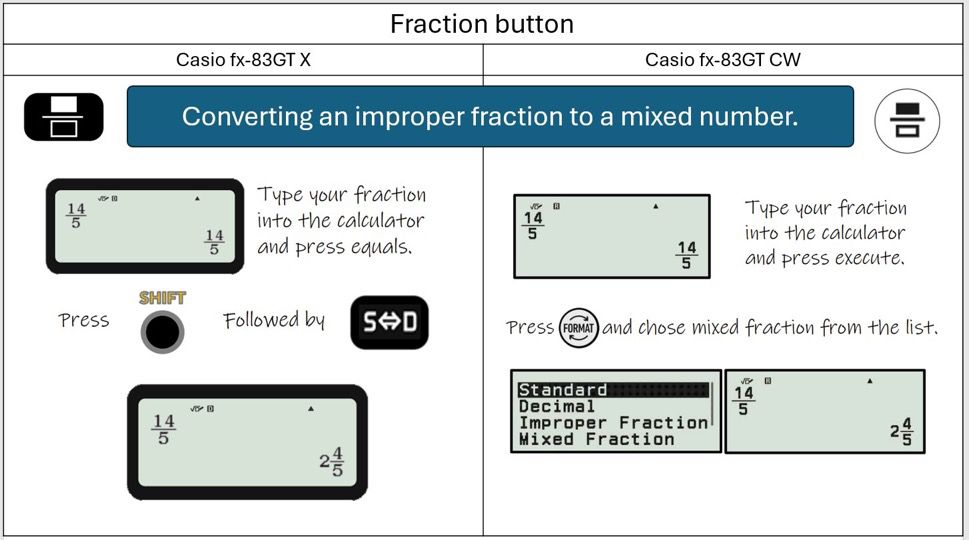Paul Rowlandson
@drrowlandson.bsky.social
270 followers
240 following
34 posts
15 years teaching secondary school mathematics. Works across multiple roles in teacher development. Opinions expressed here are my own and do not represent any of my employers.
Blog site: http://ponderingplanning.wordpress.com/contents
Posts
Media
Videos
Starter Packs
Pinned
Paul Rowlandson
@drrowlandson.bsky.social
· Mar 22
New blog post: Posing Problems with Paper-Folding
ponderingplanning.wordpress.com/2025/03/16/p...
It looks at how a single paper-folding activity can be used in various ways by supplementing it with different questions.
#mathschat #MathEdChat
ponderingplanning.wordpress.com/2025/03/16/p...
It looks at how a single paper-folding activity can be used in various ways by supplementing it with different questions.
#mathschat #MathEdChat
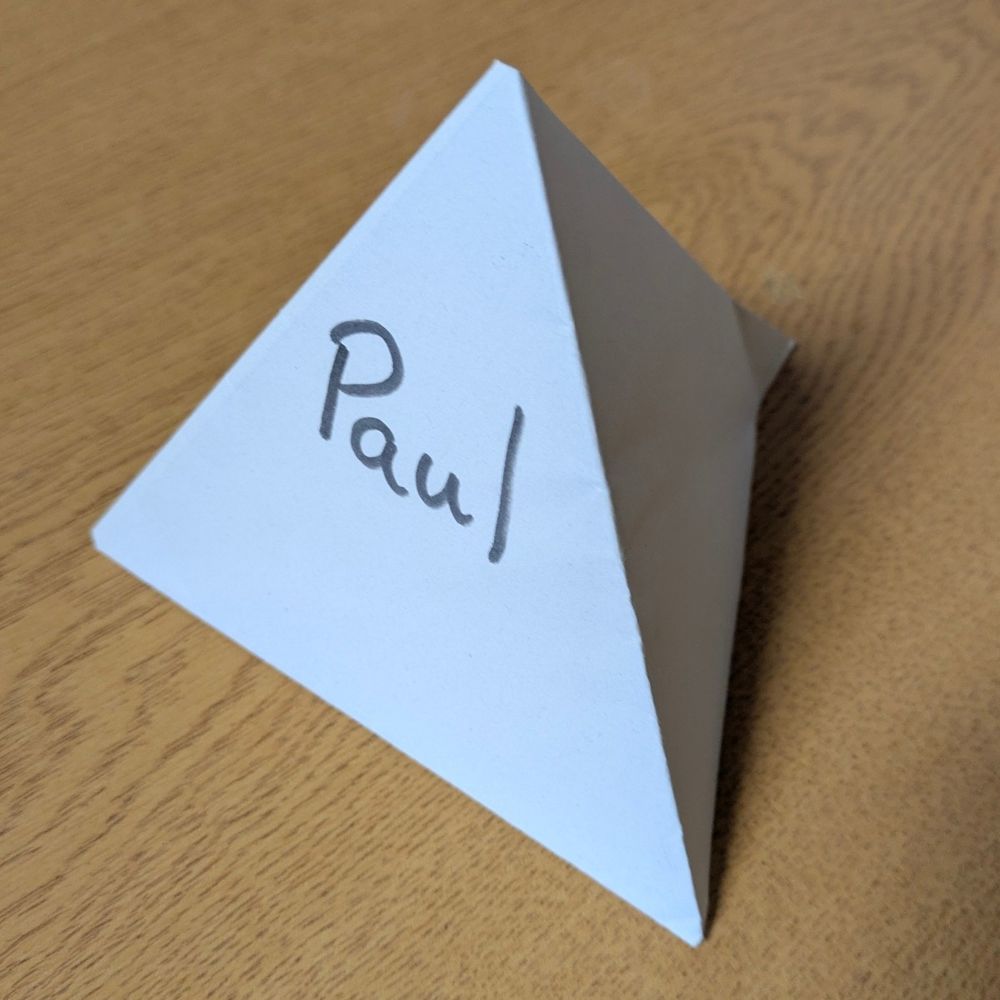
Posing Problems with Paper-Folding
Like many teachers, my own teaching was influenced by excellent teachers from my own school-life. I also feel fortunate to have drawn lots of inspiration from a wonderful PGCE Maths Tutor, during m…
ponderingplanning.wordpress.com
Reposted by Paul Rowlandson
Dan Draper
@dandraper.bsky.social
· Sep 17

Filling in the Gaps With Histograms
This blog posts focuses on the sorts of histograms that students see in GCSE Mathematics: histograms with unequal class intervals and where the heights of the bars represent frequency density. …
ponderingplanning.wordpress.com
Reposted by Paul Rowlandson
Reposted by Paul Rowlandson
Reposted by Paul Rowlandson
Reposted by Paul Rowlandson
Nathan Day
@nathanday.bsky.social
· Jul 8
Paul Rowlandson
@drrowlandson.bsky.social
· Jun 11
With around 1 in 8 KS3 maths lessons being taught by non-specialists, it's vital we support them
📹 Step inside a real Work Group to hear how Maths Hubs are helping non-specialist teachers thrive
#Maths #EduSky #UKMathsChat
www.youtube.com/watch?v=sTk5...
📹 Step inside a real Work Group to hear how Maths Hubs are helping non-specialist teachers thrive
#Maths #EduSky #UKMathsChat
www.youtube.com/watch?v=sTk5...
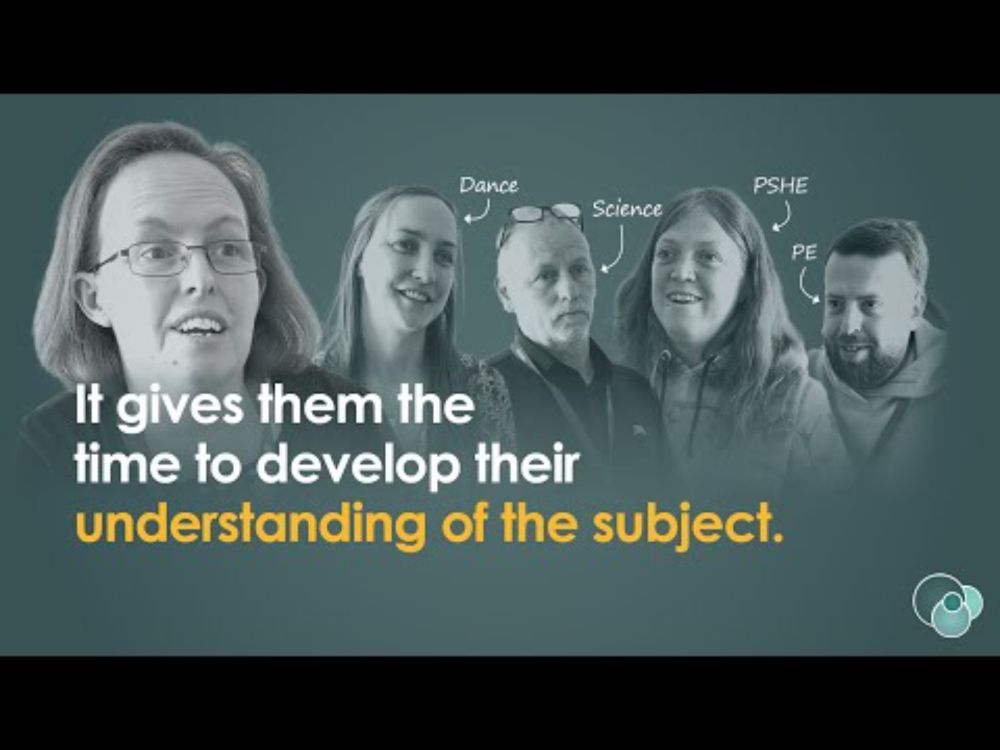
Boost your confidence teaching maths | Secondary Non-specialist SKTM Programme
YouTube video by NCETM
www.youtube.com
Reposted by Paul Rowlandson
Dr. Jen Shearman
@jenshearman.bsky.social
· Jun 10
Reposted by Paul Rowlandson
Reposted by Paul Rowlandson
Reposted by Paul Rowlandson
Paul Rowlandson
@drrowlandson.bsky.social
· May 31
Reposted by Paul Rowlandson
Reposted by Paul Rowlandson
Reposted by Paul Rowlandson
Paul Rowlandson
@drrowlandson.bsky.social
· May 17
Paul Rowlandson
@drrowlandson.bsky.social
· May 17
Paul Rowlandson
@drrowlandson.bsky.social
· May 17
Paul Rowlandson
@drrowlandson.bsky.social
· May 17
Paul Rowlandson
@drrowlandson.bsky.social
· May 17
Paul Rowlandson
@drrowlandson.bsky.social
· May 17
Paul Rowlandson
@drrowlandson.bsky.social
· May 17
